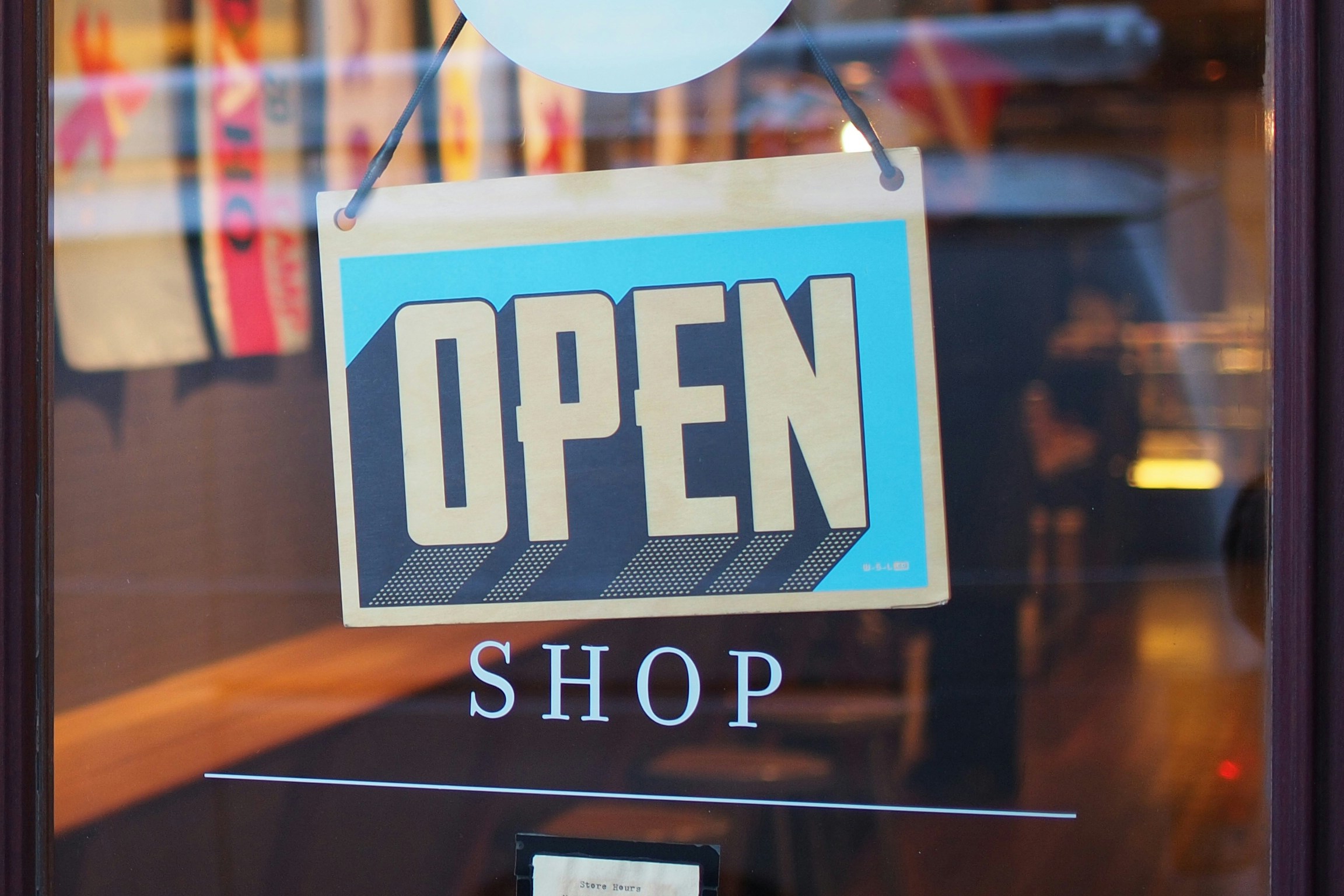English
How to Start a Toy Store: A Complete Guide for Success
Starting a toy store can be an exciting venture, but it requires careful planning to ensure success. Whether you are considering an online toy store or a brick-and-mortar shop, the foundation of your business needs to be solid. From understanding your costs and choosing the right location to sourcing products and setting your margins, every step plays a critical role. In this guide, we will walk through the necessary steps to start your toy store and how to make it profitable.
1. Are Toy Stores Profitable?
Before diving into the details of how to get started, it's important to understand one crucial question: Are Toy Stores Profitable? The answer is opening a toy store can indeed be profitable, but the level of success depends on several factors—such as the type of toys you sell, your pricing strategy, and your store's location.
On average, toy stores tend to have profit margins ranging from 20-50%, but this can vary widely depending on your niche. For example, selling premium products or collectible toys may lead to higher margins, while selling more basic, mass-market toys could result in more modest profits.
However, if you're wondering whether opening a toy store will align with your financial goals, keep in mind that profitability also hinges on your ability to buy by bulk. Big stores like Walmart, Target, and Best Buy can buy in bulk because they have more money. Small start-up stores with less money can't buy as much. Because of this, suppliers give better deals to businesses that buy in large amounts. This helps big stores make more money because they save on costs and buy at better prices.
Moreover, inventory management is key—overstocking can tie up your capital, while understocking may cause you to miss out on sales opportunities.
Once you have an understanding of the profit potential, you can begin planning the operational aspects of your store.
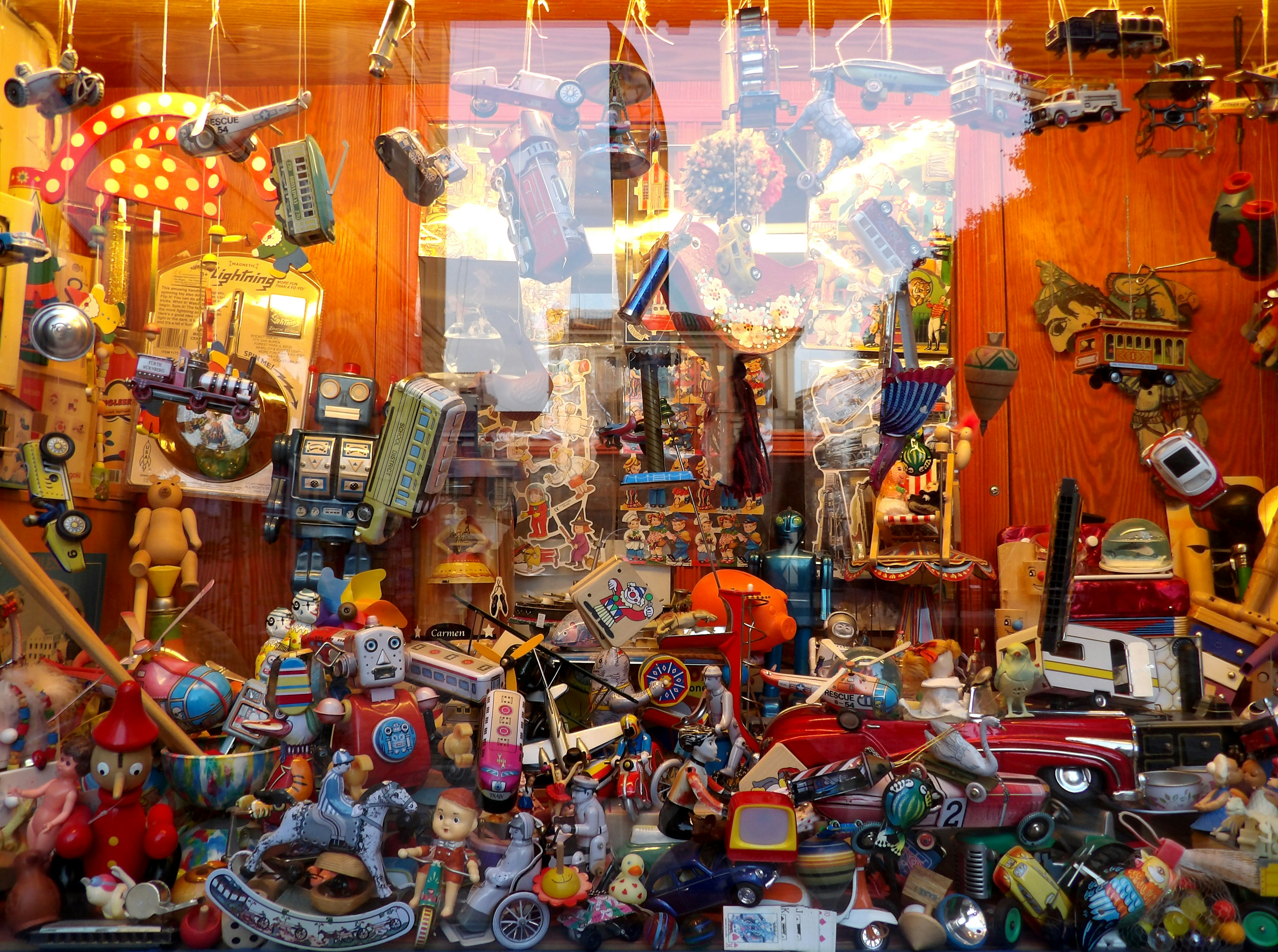
2. How Much Does It Cost to Open a Toy Store?
Another thing to consider when starting a toy store is how much it will cost. The initial investment can vary significantly depending on whether you're opening an online toy store or a brick-and-mortar toy store.
-
Online Toy Store: The costs for starting an online store are lower compared to a physical store. You'll need to invest in building a website, hosting, e-commerce tools, inventory, and marketing. Costs can start as low as a few thousand dollars, but don't forget to factor in shipping and customer service expenses.
-
Brick-and-Mortar Store: Starting a physical store involves higher upfront costs, including rent, utilities, build-out expenses (displays, shelving, signage), insurance, and employee wages. You'll also need a location with good foot traffic, which can be costly. The total investment for a small to medium-sized store can range from $50,000 to $200,000 or more, depending on the size and location.
Tip: Whatever estimate you have for your startup costs, multiply it by three to account for unexpected expenses such as repairs, additional inventory, and marketing costs.
3. Choose the Right Location: Online vs. Brick-and-Mortar
Once you've understood your startup costs, the next decision is where to operate your toy store. Should you go online or set up a physical store? Each option has its advantages and challenges.
-
Online Store: Selling toys online has its advantages, such as reduced overhead costs and the ability to reach a global audience. The biggest challenge here is driving traffic to your site. However, with effective SEO, social media marketing, and a unique value proposition, you can carve out a niche and attract customers.
-
Brick-and-Mortar Store: A physical store provides a unique shopping experience that online stores can't replicate. Customers can immediately buy and take home toys, and you can offer personalized service, which builds strong relationships with your customers. However, location is crucial to your success. High foot traffic areas are ideal, but they also come with higher rent costs. Also, keep in mind the increased workload that comes with managing a physical store.
If you're just starting, an online store might be the easier and more cost-effective option. However, if you're aiming for a more personalized experience, a physical store could offer greater opportunities for building customer loyalty.
4. How Do Toy Stores Get Their Products?
No matter whether you choose an online or physical store, sourcing products is crucial for your business. Toy wholesale distributors are typically the main source for toy store owners. These distributors purchase toys in bulk from manufacturers and then sell them to retailers at a discounted price.
Finding reliable suppliers is crucial to maintaining a consistent inventory and meeting customer demand. When selecting a wholesale distributor, look for the following:
- Product Variety: A reliable distributor should offer a wide range of products that cater to different age groups and interests, from action figures to educational toys and remote control cars.
- Competitive Pricing: To maintain healthy profit margins, ensure that the distributor's prices allow you to mark up the products without sacrificing profitability.
- Delivery Times: Timely delivery is crucial to prevent stockouts. Choose a distributor who can ensure quick and reliable delivery.
As an online toy store, you can also explore drop shipping, where the wholesaler ships the toys directly to your customers, reducing the need for inventory management and upfront costs.
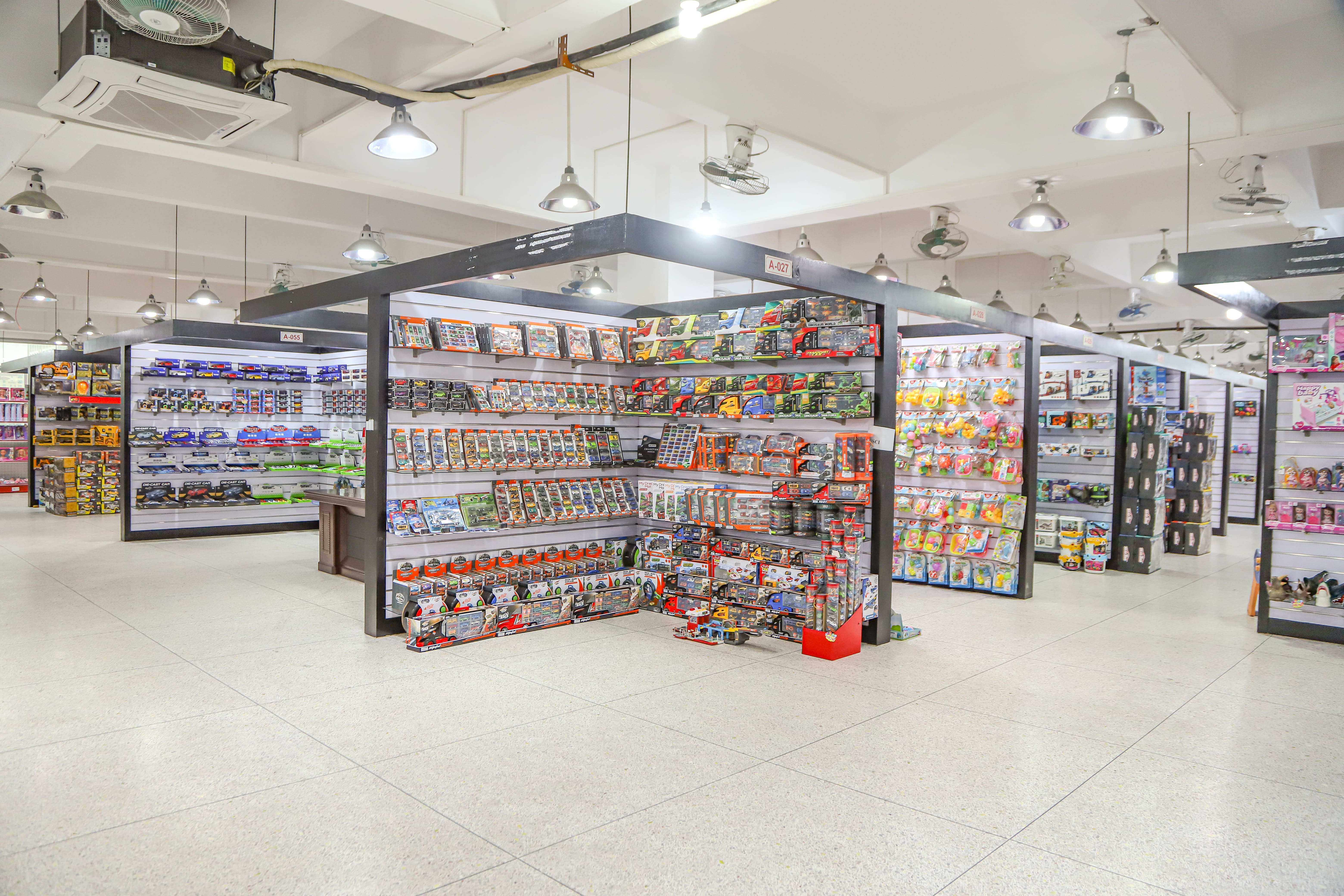
Search for Toy Wholesalers with Showrooms
5. Staying Compliant: Legal and Regulatory Considerations
Before officially opening your toy store, ensure you're complying with all necessary laws and regulations. This will help you avoid legal issues down the road and keep your business operating smoothly.
-
Business Registration: First, you'll need to register your business with the local authorities. Depending on your location, this may include obtaining specific licenses for operating a toy store.
-
Safety Standards: All toys sold in most countries must meet specific safety standards. Familiarize yourself with the guidelines set by organizations like the Consumer Product Safety Commission (CPSC) to ensure your products are safe for children. This includes testing for choking hazards, small parts, and ensuring materials are non-toxic.
-
Insurance: Protect your business with adequate insurance, including liability and property coverage. This can protect your store from unforeseen accidents or damages.
-
Taxation: Don't forget about taxes—both sales tax and income tax will impact your profitability. Make sure you're aware of your responsibilities regarding local, state, and federal taxes.
6. How to Start a Toy Store Online: Steps to Get Started
If you've decided to go the online route, there are a few key steps to follow:
First, you'll need a solid business plan that outlines your niche, target market, and growth strategy. Consider what types of toys you want to sell, such as educational toys, remote control cars, or collectible figures. Your online store should also include a user-friendly website, effective payment systems, and strong customer support channels.
An essential part of your online store business plan is identifying reliable toy wholesale distributors. As a new online store owner, it's crucial to source products at competitive prices to maintain healthy profit margins. Additionally, marketing is key to driving traffic to your site. Leverage social media, search engine optimization (SEO), and email marketing to build awareness and increase sales.
If you're unsure about where to start selling your toys online, be sure to check out our blog on the best site to sell toys online for more insights.
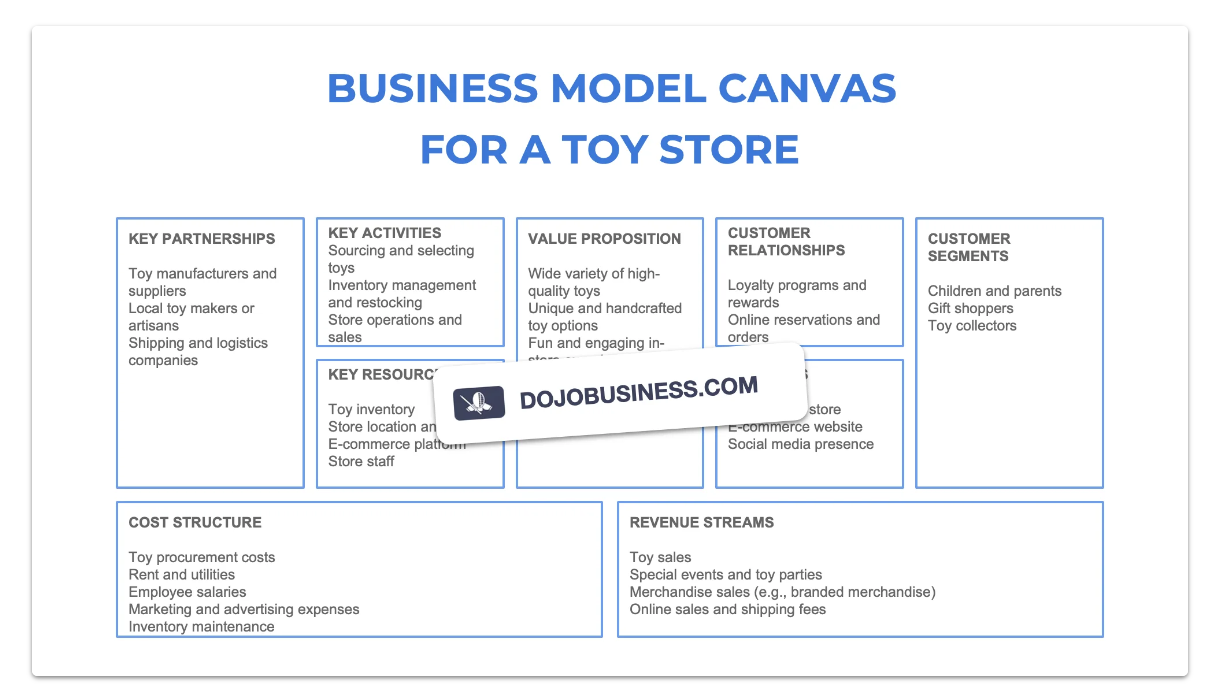
Source: dojobusiness
7. Can Your Toy Store Compete with Giants Like Amazon?
It's no secret that Amazon dominates the toy market with competitive prices, fast shipping, and a huge selection. However, this doesn't mean there's no room for your store. In fact, there are several ways to carve out a niche and thrive in the competitive toy industry:
-
Service Beyond the Sale: One of the most significant advantages of a physical store is the ability to offer personalized service. You can provide recommendations, answer customer questions, and build lasting relationships with your clients. Unlike online platforms, this human touch is invaluable.
-
Instant Gratification: Unlike Amazon, which relies on shipping, you can offer the convenience of immediate purchase. Customers can walk into your store, buy a toy, and leave with it in hand—no waiting for delivery. This is a powerful selling point that online stores can't replicate.
-
Price Matching: Many customers will compare your prices with those of online giants. Offering to match Amazon's prices can help alleviate concerns about price competitiveness while still emphasizing the benefits of shopping at your store.
-
Community Engagement: Creating a community around your store is key to building long-term loyalty. Host events such as toy demonstrations, game nights, or even birthday parties. Offering unique experiences that customers can't get from online stores will make your toy store a destination rather than just a shopping stop.
-
Unique In-Store Experiences: Consider creating interactive areas in your store where customers can try out toys, build something with blocks, or race remote-controlled cars. These types of experiences will set your store apart and create a fun, memorable environment.
Take inspiration from Richard Derr, a seasoned toy retailer who often shares practical insights on LinkedIn. In one post, Derr described hosting a hands-on event featuring Fun In Motion Toys' Shashibo Squad. The results were impressive:
- 44 units sold at $22 each.
- Customers traveled from Michigan and the Chicagoland area.
- Social media drove significant traffic to the event.
- Many attendees discovered Shashibo for the first time, highlighting the value of in-store demonstrations.
- A child psychologist vetted the product for therapeutic use.
- The event provided valuable insights into customer behavior and engagement.
Derr's event illustrates how hands-on experiences can boost sales, foster customer loyalty, and create a sense of community around your store. By implementing similar strategies and learning from such examples, your toy store can thrive—even in a market dominated by Amazon.
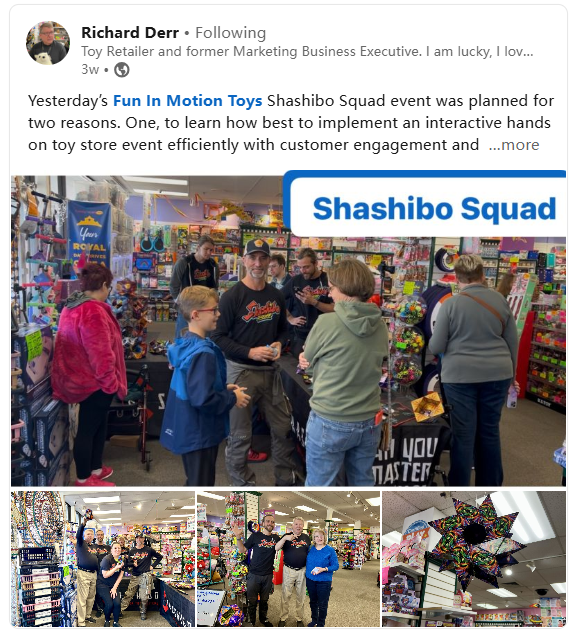 LinkedIn: Richard Derr
LinkedIn: Richard Derr
Conclusion
Starting a toy store is a rewarding business opportunity, but it requires careful planning and strategy. By understanding your costs, choosing the right location, sourcing products from reliable wholesalers, and staying compliant with legal regulations, you can set yourself up for success. Whether you decide to operate an online toy store or a physical location, the key to profitability lies in knowing your margins and providing excellent customer service.
If you're looking for trusted toy wholesale distributors to help you get started, Zhorya offers a wide range of high-quality products and reliable wholesale services to meet your needs. With the right planning and execution, your toy store can thrive in a competitive market.
